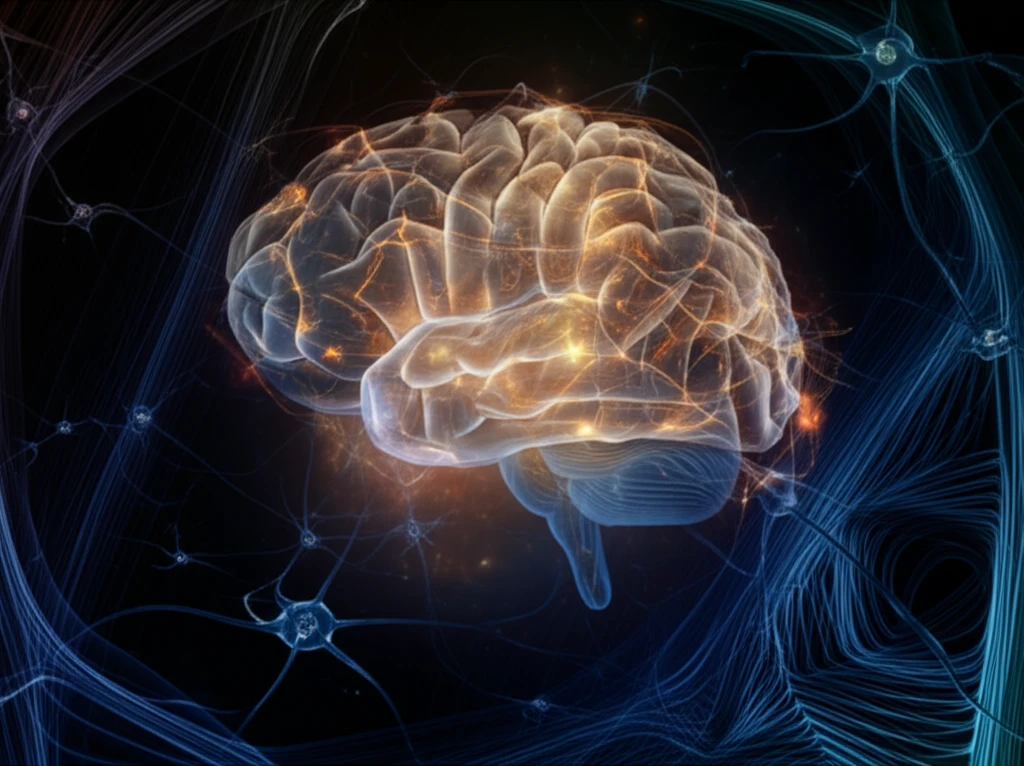
Unlocking the Mysteries of the Mind: How Our Brains Process the World
"From Single Neurons to Complex Networks: Exploring the Wonders of Sensory Processing in Everyday Life"
Have you ever wondered how you see the world? How do you hear the morning birds, feel the warmth of the sun, or smell your morning coffee? The world is a symphony of sensations, but how does our brain transform these raw inputs into the rich tapestry of experiences that make up our reality? The answer lies in a complex process called sensory processing, a fundamental aspect of how we perceive and interact with the world around us.
This process, however, isn't as simple as it seems. From the moment a sensory stimulus hits our receptors, a complex interplay of brain states, neuron activity, and network communication begins. Think about how your experience changes when you're tired, in a deep sleep, or fully alert; these brain states greatly influence how we receive, interpret, and respond to sensory information. Understanding these intricate mechanisms is key to understanding consciousness itself.
In this article, we'll unravel the complexities of sensory processing. We will explore how sensory information moves through the brain, how individual neurons and networks work together, and how different brain states affect our perception. Our goal is to deliver insights into the complex processes, from the smallest neuronal details to the broadest conscious experiences.
Brain States: The Unseen Influencers of Perception

To understand sensory processing, we must first grasp the concept of 'brain states.' While the terms 'wakefulness' and 'sleep' might seem straightforward, the reality is far more nuanced. Within these broader states, there are "micro-states" - brief periods characterized by distinct patterns of brain activity that can last mere milliseconds. These micro-states are critical, because the sensory stimulus will be perceived differently.
- Wakefulness: Characterized by desynchronized neural activity.
- NREM Sleep: Marked by synchronized activity, including 'slow waves' and 'spindles'.
- REM Sleep: A paradoxical state with desynchronized activity similar to wakefulness but with unique features like rapid eye movements and vivid dreams.
The Future of Understanding
The journey into sensory processing and the mysteries of consciousness is far from over. The complexities of the brain are vast, but through continued research, advanced technologies, and interdisciplinary collaboration, we are steadily unlocking its secrets. As we continue to understand the neural underpinnings of perception, we not only gain insights into how our brains work, but we also approach a deeper understanding of what it means to be human.
